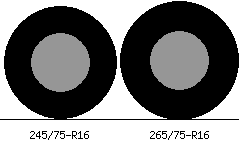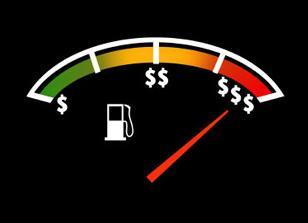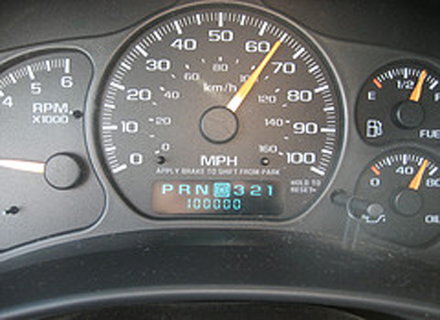Chevrolet Silverado 1999-2006: 245 vs. 265 Tires
New tires can give your truck a whole new look. Read about the differences between the 245 and 265 tires for your Silverado 1500.
This article applies to the Chevrolet Silverado 1500 (1999-2006).
Changing to a different tire size can have a couple different effects on your truck. The first thing you'll notice is a difference in the way the it looks because tires alone can change the whole attitude of your truck. However, there are both pros and cons to going to a different size tire, so this article will provide a good idea of what to be expecting. Before reading too far in, it's important to know the difference in tire size. Since most tires come in a metric size in the format of (XXX/YYrZZ), you'll need to use a metric tire converter such as this one. For the sake of this article, we'll compare a 245/75r16 tire versus a 265/75r16 tire, which are 30.5x9.6/16.
245 vs. 265 Tires
Tire Cost
Going between these two sizes isn't a huge difference in cost, but you can expect to pay about $10-15 more per tire in the larger size. As a general rule of thumb, tire diameter, tire width, and rim diameter increases lead to an increase in price per tire.

Ride Quality
If you have the smaller sized tire, there's a chance it's a P-rated tire. These are generally the best riding tires for a truck since they're similar in construction to a tire found on a car. Going to larger sizes usually means you can't get a P-rated tire and you'll either be going to a LT, C, or E-rated tire. Out of those three, LT tires will ride the best and E-rated tires will ride the worst, but a P-rated tire will still usually ride better.

Gas Mileage
For the two tire sizes being compared in this article, the difference in tire weight will have a bigger effect on your gas mileage than the change in size. Between these two sizes, you can expect to see a loss of about .5-1 MPG when going to the larger size and vice-versa when going to the small size while staying with the same brand and type of tire.

Power Loss
Going to a larger size tire without re-gearing when necessary will give you the feeling of power loss, especially when coming from a stop. This is because the truck needs to work harder to get itself moving. You can go to a lower gear ratio to help recoup some of the power loss, but this is usually only necessary when going up 2-3" or more in tire diameter.

Speedometer Difference
Changing tire size will affect what speed you are actually going versus what speed your speedometer says you are going. Going to a taller tire will cause the speedometer to read slower, and going to a shorter tire will cause the speedometer to read faster. To give yourself an idea of how much the tire change will affect the speed reading, you can divide the new tire size by the old tire size and then multiply times the speed. For example: if you went from a 30" tire (the factory size) to a 32" tire and your speedometer says you are going 60 MPH with the taller tire, you are actually going 64 MPH.

Related Discussions and Site
- 245 vs. 265 Tires - ChevroletForum.com
- Tire Question 2004 Silverado - ChevroletForum.com
- 245 or 265 Tires? - ChevroletForum.com
- Metric Tire Conversion - Tire-Size-Conversion.com






